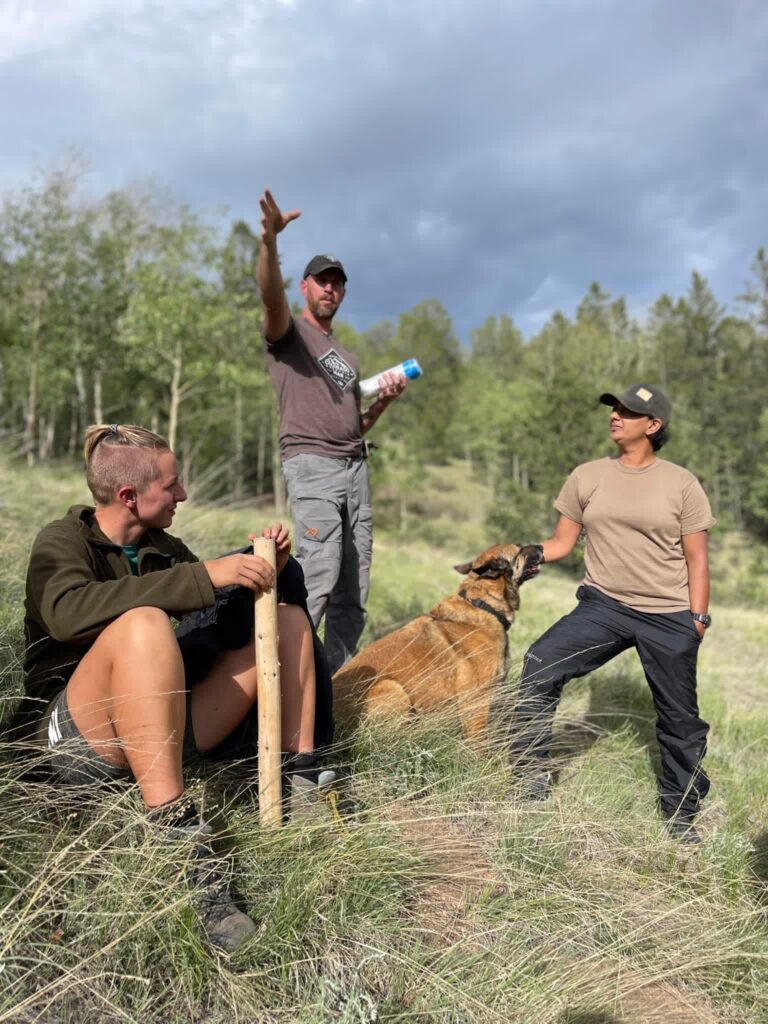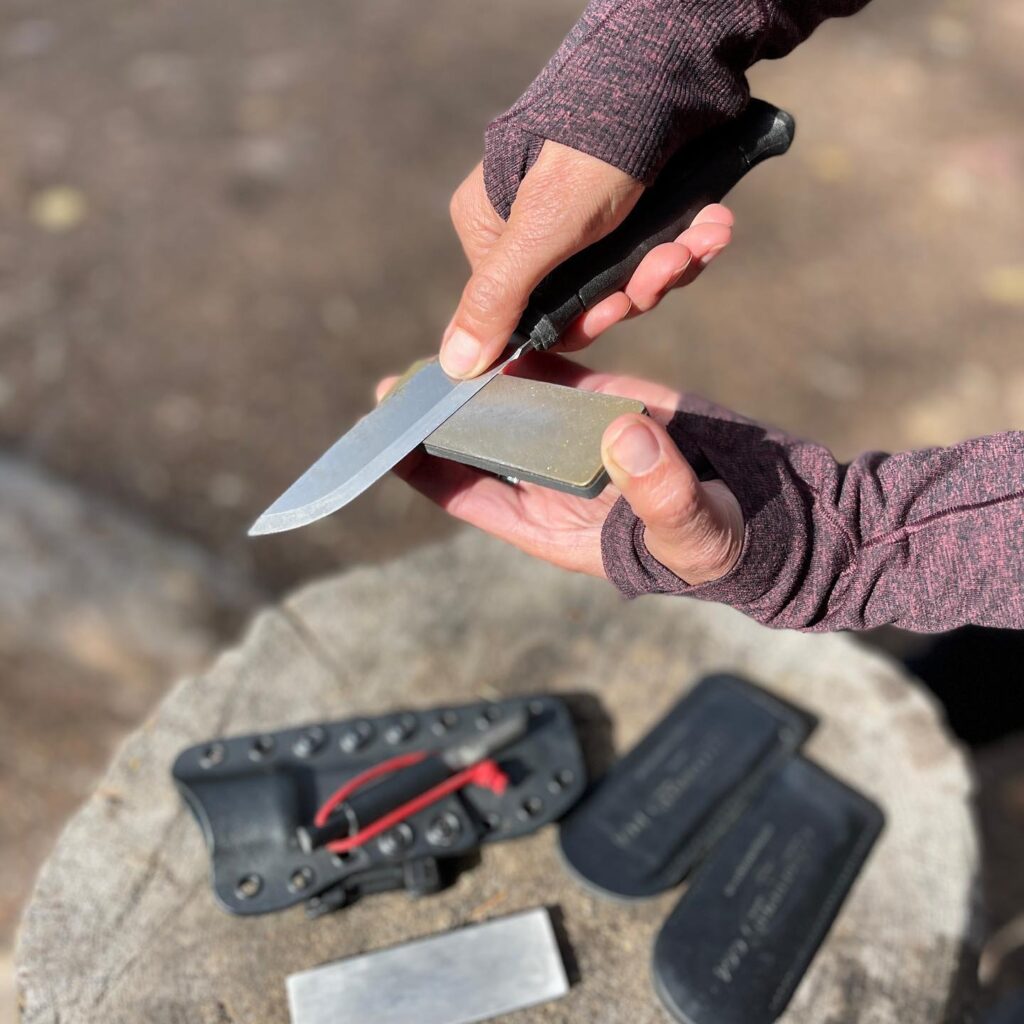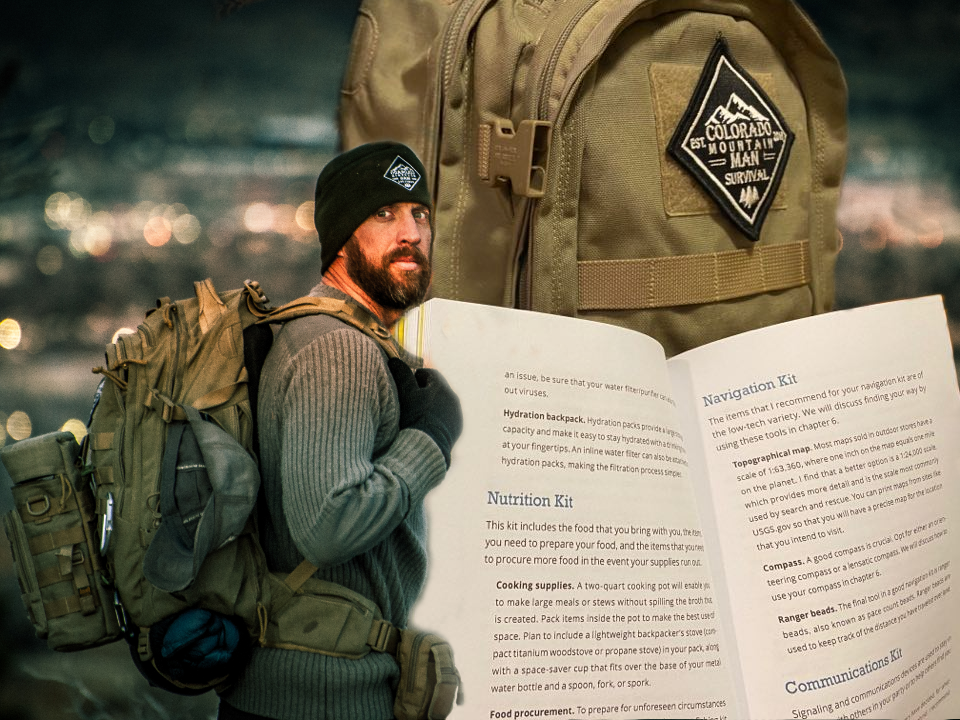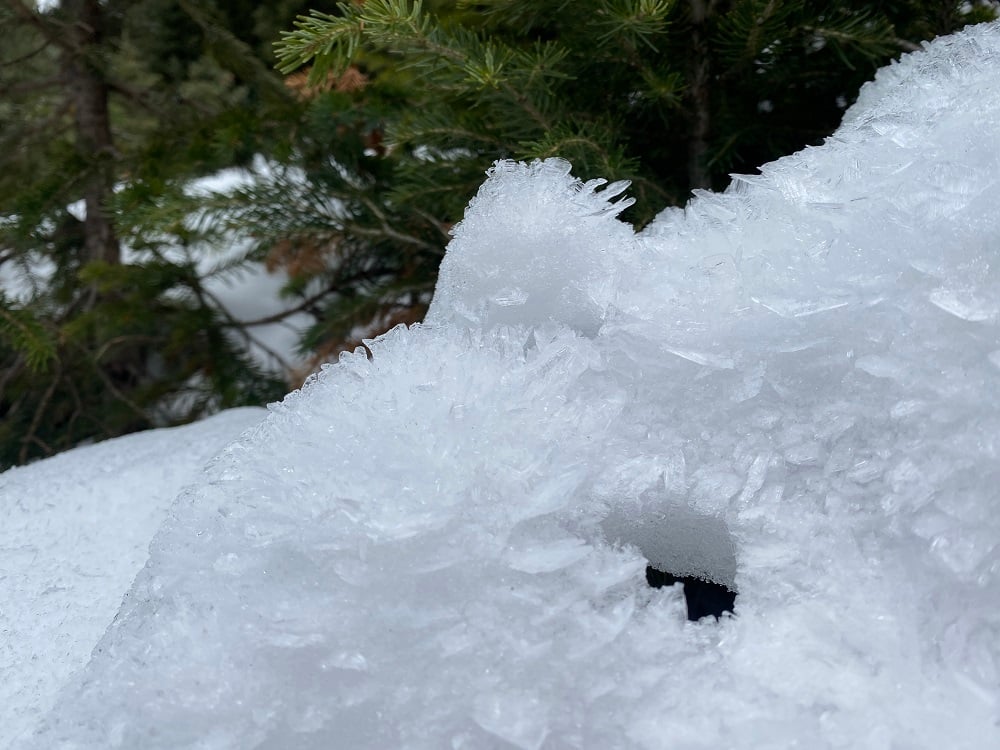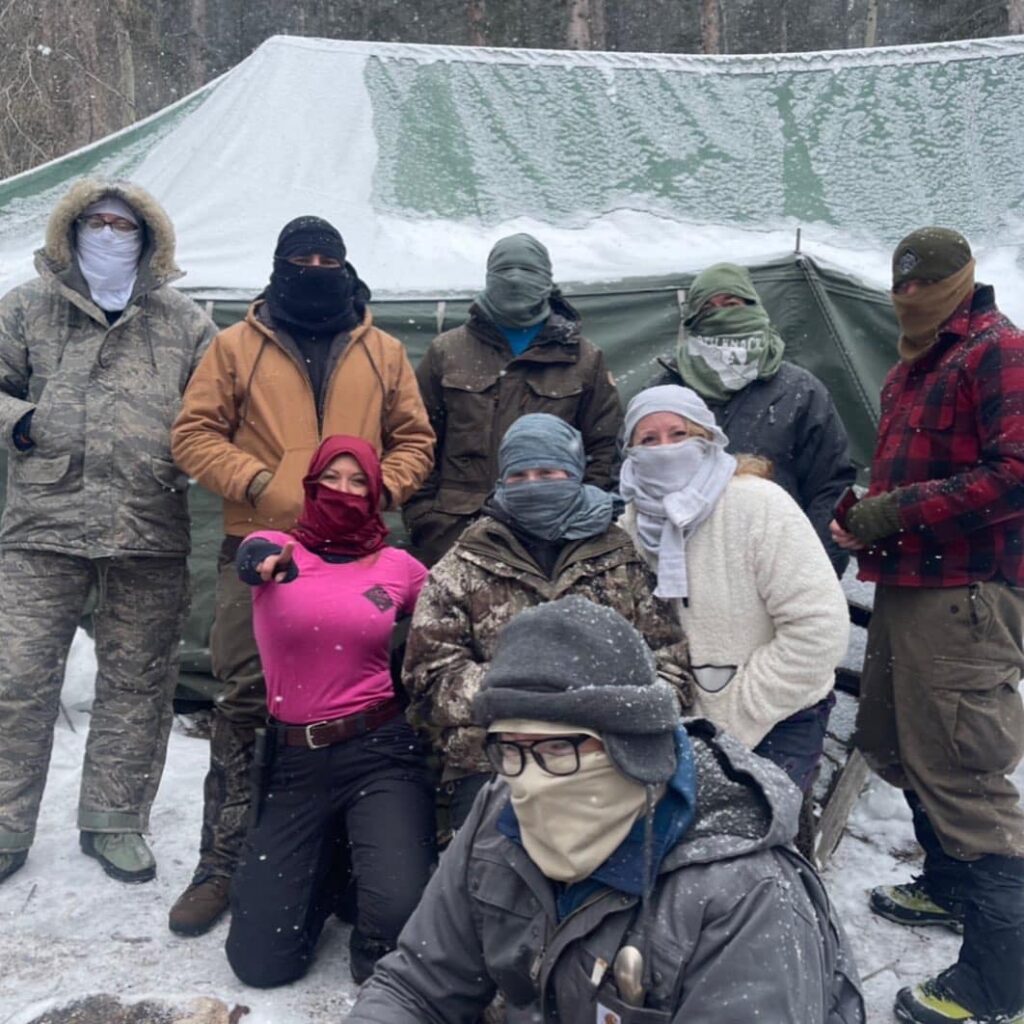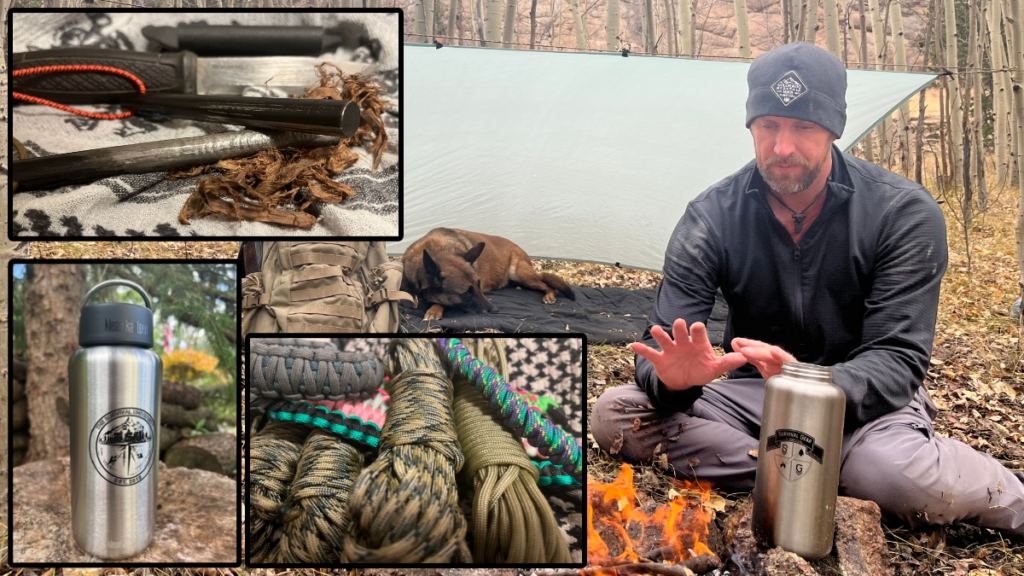Cart
The Survival University offers our community of outdoor adventurers a robust library of training material through our Survival Blog. We believe in passing on our knowledge to empower students with a wealth of information that we find relevant to learning.
Check out the drop-down menu above to find your particular area of interest.
Making a Lifesaving Whistle from Trash for Survival
Learn how to make a super quick and highly effective whistle hack that carries over distance. Prioritize your situation and ensure safety when processing found items. Use trash to your advantage and be a modern primitive by making an aluminum can whistle.
81 Basic Survival Tips That You Should Know
Discover essential survival tips for any emergency situation with our comprehensive blog. Stay safe and prepared in the wilderness!
Why a Knife is Not Your Most Important Survival Tool: A COMPARISON OF SKILLS AND TOOLS IN REAL-LIFE SCENARIOS
Discover why a knife is not your most important survival tool in this eye-opening article. Learn crucial wilderness skills for emergencies.
Beyond the Wilderness: How WFR Skills Can Save Lives Anywhere
While the Wilderness First Responder (WFR) class is designed to prepare individuals for medical emergencies in remote, wilderness settings, the skills learned in the course can be just as valuable in non-wilderness settings.
Analogy of a Survival Kit
A Survival kit is a package containing essential items and supplies that are designed to help individuals survive during an emergency situation.
EAT THE WEEDS – POISON HEMLOCK
Poison hemlock (Conium maculatum) is a highly toxic plant that is native to Europe and North Africa and has become naturalized in many parts of the world. It can be difficult to identify, especially when it is young, but here are some key features that can help you recognize it:
EAT THE WEEDS – GREAT MULLEIN
Great mullein has a long history of medicinal use and has been used for centuries to treat a variety of ailments. The leaves and flowers of the plant contain a variety of compounds, including saponins, mucilage, and flavonoids, which have medicinal properties.
PREVENT WINTER INJURIES
We thought we would share a few general winter survival tips to help prevent winter injuries caused by changes mother nature may have in mind.
Winter Clothing
Layering clothes is an effective way to stay comfortable and protected from the elements in various weather conditions. By layering clothing, you can regulate your body temperature, stay dry, and adapt to changing weather conditions. This technique is commonly used in outdoor activities such as hiking, camping, skiing, and mountaineering. The meta data also includes information on the types of layers and fabrics to use, as well as the importance of layering for different activities and climates.
Another Tucking Survival Tip
An easy to follow survival tip. If we tuck our pants into our socks, shirt into our pants, and so on, we trap this warmed air in a pocket of insulation so it can keep us warm instead of heating the universe. If you have long hair, tuck it into your shirt, too. Anything you can do to hold the heated air in and close to your skin will go a long way toward keeping you warm.
The 5 C’s of Survival Gear
The Basic gear you should have to survive the night outdoors. A common mistake most adventures make is heading outdoors without the necessary gear should something go wrong. People get lost, hurt, or stranded in the outdoors all the time and find themselves in life threatening situations because of their failure to prepare.
Understanding Water Survival
Learn the importance of water survival techniques to survive cold water immursion, sinking vehicle accidents, and floods.


